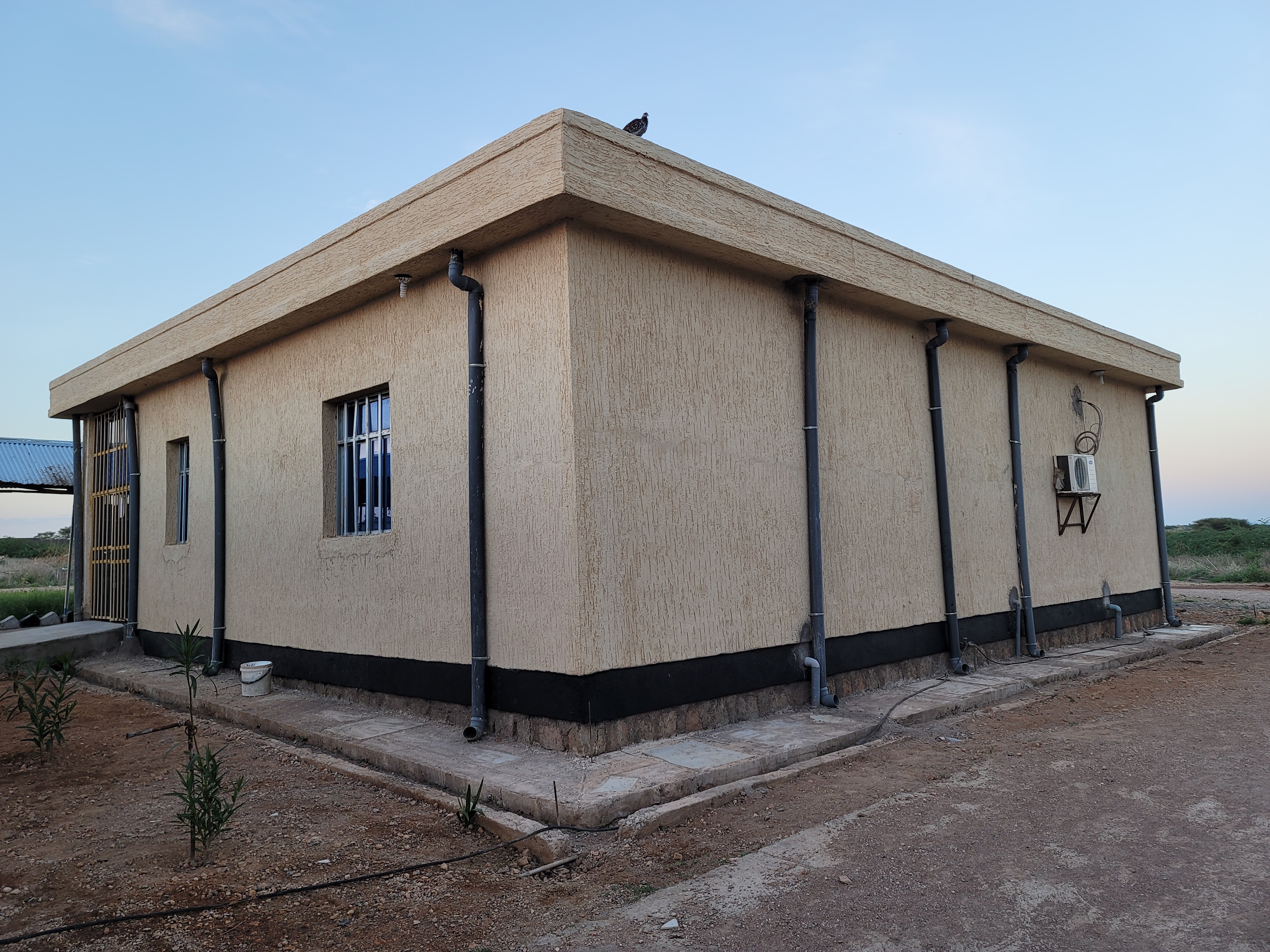Financing and Governance Strengthen Ethiopia’s Health System


“One step at a time.” This well-known axiom applies broadly to individual endeavors, such as learning to play a musical instrument or building a home. It also applies to grand aspirations of governments, such as providing citizens access to affordable, quality health care.
Take the case of Ethiopia. The Government of Ethiopia (GOE) has made impressive strides over the last two decades to strengthen its health system and improve access to services. In partnership with the U.S. Agency for International Development (USAID) and other development partners, one focus of the GOE ‘s work has been on financing and governance reforms that support universal health coverage.
For example, in 2010, the GOE established the Ethiopian Health Insurance Agency (recently renamed the Ethiopian Health Insurance Service) and launched community-based health insurance (CBHI), which now covers about 40% of the population. More recently, the GOE began creating policies and identifying resources needed to pursue its vision of expanding health insurance equitably to all citizens. In parallel, the GOE has empowered local health facilities, giving them greater control of how resources are spent to deliver care in their communities. It has also improved governance of health facilities through local structures such as health facility governing boards with community representation. The governance mechanisms improve management and accountability among local stakeholders.


Abt Global has had a front seat helping the GOE as its principal partner in implementing these reforms under successive projects. The current Abt-led USAID Health Financing Improvement Program (the Program) helps the GOE strengthen and institutionalize ongoing healthcare financing reforms. These reforms represent continuing steps by the country to promote universal access to affordable primary health care services. Abt intentionally develops local capacity, with an eye toward transitioning Program responsibilities to federal, regional, and sub-regional health authorities and institutions.
And what about results? Steady progress. As of September 2021, across the country, 907 woredas (districts) are implementing CBHI. This represents roughly 85% of all woredas (up from none 10 years ago). Approximately 41.6 million beneficiaries (8.9 million households) were enrolled in CBHI. About 19% of these beneficiaries were classified as poor.
CBHI schemes are mobilizing more pooled resources for health, too. In FY2021, CBHI schemes raised approximately $67 million; most of this came from member contributions, plus additional amounts from government subsidies. In parallel, across the country, 3,841 health facilities (> 90%) retained user fees and used them to bolster local health budgets (sidebar).
Yes, the GOE has encountered delays and obstacles in its journey to strengthen governance and financing of the health system. They range from security issues resulting from conflict in the north of the country to the effects of the current COVID-19 pandemic. But there is undeniable progress, taking place one step at a time.
Retained revenue: a model to raise and spend money for health in communities
In Ethiopia, revenue retention and utilization (RRU) is an important health financing reform to augment government budgets at public health facilities. RRU enables health facilities to keep revenue they generate primarily from patient fees and use it to fund quality improvements. RRU also encourages facilities to provide services that the community will demand. In one case, at Kebri Dehar General Hospital, CEO Dr. Mahamud Mehamed Sofe used retained revenue to expand diagnostic and treatment services. Dr. Sofe, a surgeon, hired five specialists – one each in surgery, gynecology and obstetrics, internal medicine, pediatrics, and radiology. Improvements to hospital infrastructure and equipment came next. The hospital renovated space to configure an x-ray room and installed new radiology equipment; upgraded its operating room; and improved physical access to hospital spaces with newly constructed ramps.
Quarterly Newsletter of the USAID Health Financing Improvement Program, Year 3, No. 1, January 2021.
